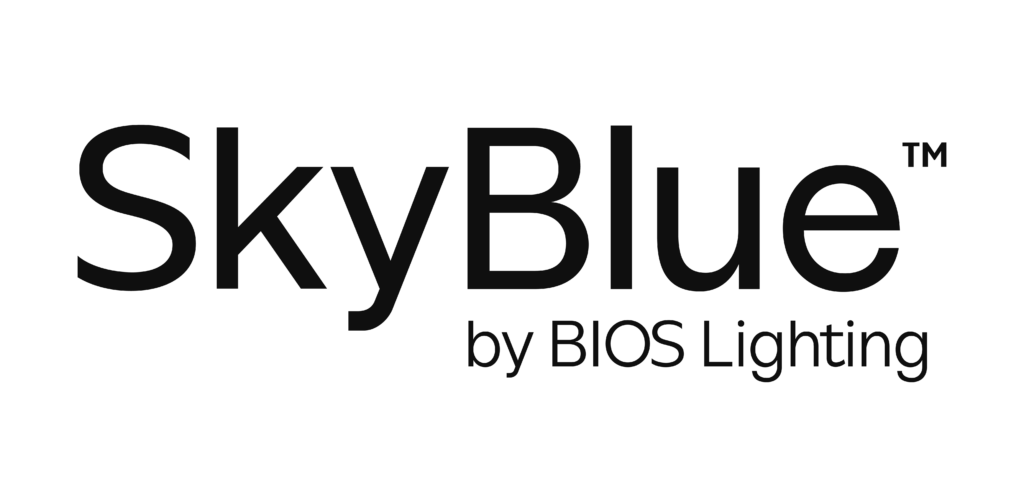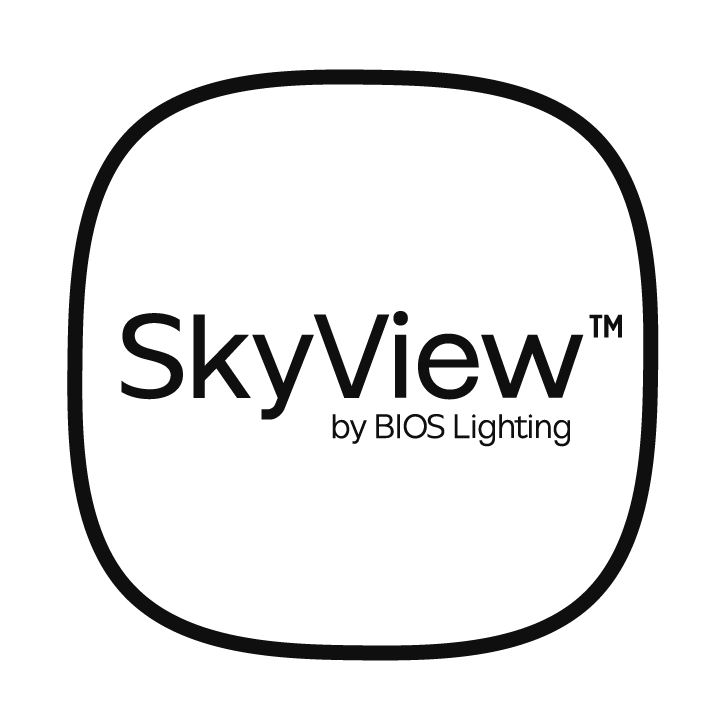Human-centric Lighting Design
Our circadian rhythms regulate nearly everything in our day-to-day lives, from sleeping and waking to creativity, hunger, medication efficacy, and immune function. Circadian rhythm is driven by light—spectrum, intensity, duration of exposure, and even the direction of light we receive each day. All of it has an impact on our biology.
Unfortunately, most electric lighting in offices and homes does not provide the stimulation we need for sustained daytime energy, sleep support, and long-term health. Designing with true circadian lighting systems bring the benefits of daylight back into the built environment, providing a human-centric environment with comfortable light that supports healthy circadian rhythms.
Circadian Lighting Design – Key Concepts
The following sections provide key concepts as well as some tips for designing the lighting for your office or home using circadian LED lighting technology, thereby improving mood, focus, alertness and wellbeing while creating visually pleasing spaces.
LED Circadian Lighting
Whether commercial, institutional, retail, or residential, almost all architectural lighting applications now specify LEDs because of their small size, long life, low power consumption, high brightness, wide range of correlated color temperature (CCT) options and ease of connectivity with various control and dimming systems. In addition, according to the US Department of Energy, the “widespread use of LED lighting has the greatest potential impact on energy savings in the United States.”
Most circadian lighting systems similarly use LEDs, but the most effective systems use spectrally optimized high-quality white LEDs, such as BIOS SkyBlue™ and SkyView™ lighting technology, which make adopting circadian lighting easy.
Warm vs. Cool Lighting
Correlated color temperature (CCT) is an important metric in lighting: yellowish-white glow is a warmer CCT associated with feelings of warmth and relaxation, and blueish-white glow is a cooler CCT associated with better focus and concentration.
When creating layers of light for your home or office, you’ll want to stay between 2,700 kelvins and 4,100 kelvins. Anything warmer is generally perceived as too red and dreary, and anything cooler too chilly or uninviting. The challenge in creating healthy indoor lighting is in providing higher CCT light during the active day and lower CCT for the relaxing evening.

Designing Lighting to Make Brighter Days and Darker Nights
The goal of circadian lighting is to provide sufficient biologically relevant illumination to the brain to help reinforce the light/dark signals we would receive naturally outdoors.
Research has established that effective circadian lighting should include a “sky blue” wavelength (peak at 490nm)—communicating directly with human circadian biology through a non-visual (melanopic) photoreceptor in the eye and sending signals to our brain to help regulate our internal clock and various biological functions daily. A critical discovery is that this sky blue spectrum, which is found in daylight even on cloudy days is all but missing from most traditional LED lighting systems (see spectral power distribution graphs below). This has led to important recommendations* for sky blue (melanopic) day and night lighting (Brown et al. 2022; IES RP-46-23).
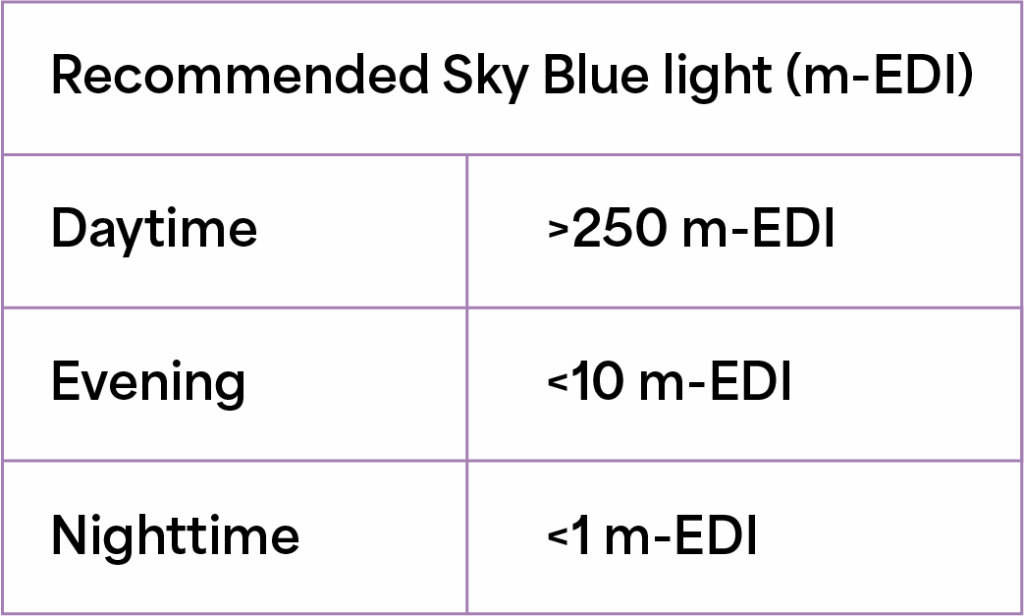
A simple mantra to help capture the goal of circadian lighting is, “brighter days and darker nights”. Circadian lighting should promote “circadian entrainment”—in other words, providing a strong sky-blue daytime light signal to the brain during the day that tells the brain to perform all the required daytime functions. At night, it should reduce that daytime light signal to tell our brain and body to wind down and perform nighttime functions instead.
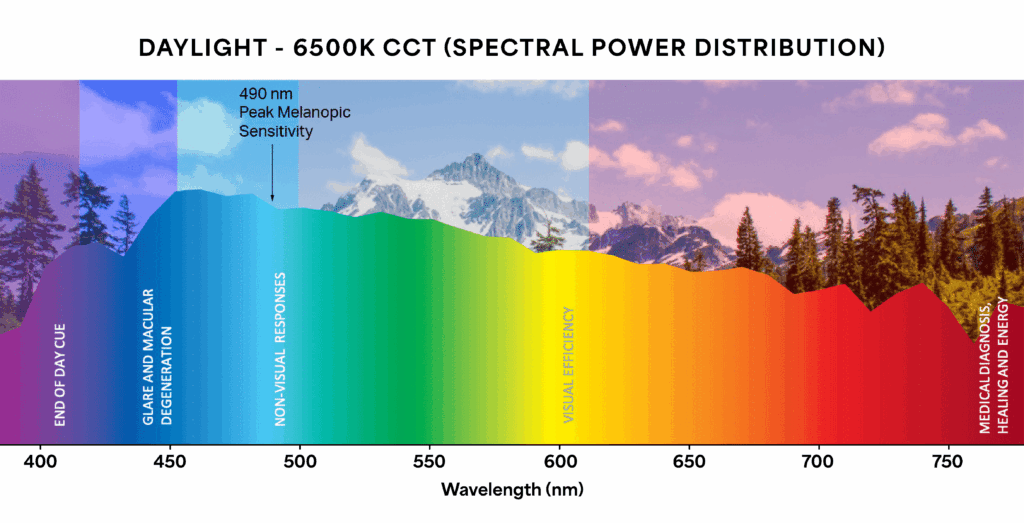
Spectrally Optimized Lighting
Spectrally optimized white LEDs such as BIOS SkyBlue™ lighting contain this “sky blue” wavelength in the 2700K-4000K color temperature range that most homeowners as well as facility managers prefer, resulting in a white light providing a high daytime circadian stimulus for improved energy and enhanced concentration. For maximal biological effectiveness, advanced SkyView™ lighting can provide high CCTs on the vertical plane while maintaining warmer 3500K light on the horizontal task plane for comfort.
In both types of systems, these higher CCT wavelengths can be reduced or removed as needed (either around the time the sun sets or when your work shift ends, to promote better sleep and restful nights) without sacrificing the light quality in any way. This essentially means that there’s no need for color-tuning, color temperature adjustments, or significantly increasing light levels in your home or office to address our biological need for a strong day/night signal!
Optimizing Light on the Horizontal AND Vertical Plane
Traditional lighting design concerns itself mostly with providing appropriate lumens on the task plane, typically measured on a relevant horizontal surface. Designing for circadian health requires we also understand the biologically relevant light actually entering the eye. In other words, we need to measure the sky-blue (melanopic) light on the vertical plane as well.
Learn more about estimating melanopic exposure here
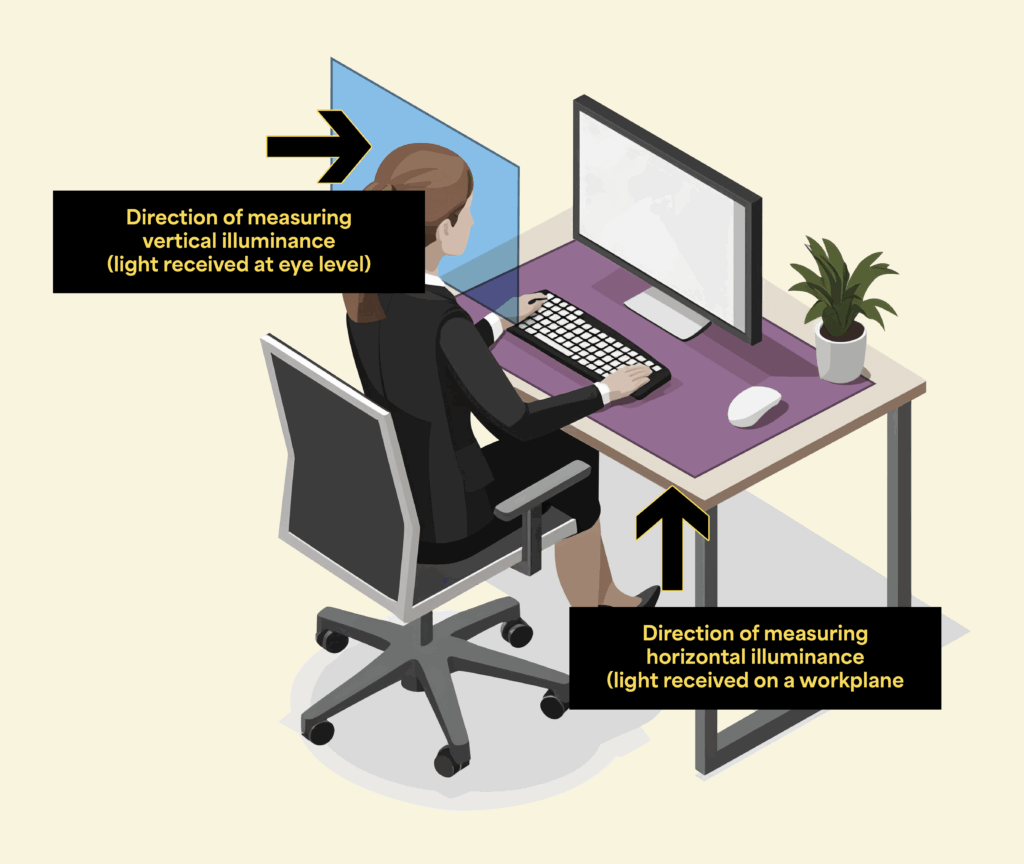
Overhead lighting is essential for larger offices and ought to be supplemented with diffused daylight from windows or skylights to promote circadian entrainment.
Since light penetration depends on:
- distance from the window (inverse square law)
- window orientation
- season
- weather
- time of day
- gaze direction
It is often not possible to supply low-glare, adequate melanopic light to much the interior space. In these situations, well-designed spectrally enhanced lighting can help to ensure a comfortable and energizing environment.
These lighting designs should consider both the spacing of the luminaires and the distribution of the light intensity and spectra. These considerations ensure that you are lighting the space while providing adequate melanopic light on the vertical plane to ensure maximum circadian effectiveness.
Why Won’t Color Tunable LEDs work for Circadian Lighting?
As the correlation between light and health is more widely understood, lighting has become a higher priority for businesses. After all, better circadian lighting in the workplace means healthier, more productive employees.
One simple but misleading approach is to utilize color-tunable LEDs to try to mimic the circadian transition from cooler, more intense light to warmer, less intense light over the course of the day.
But these strategies have two fatal flaws. First, they are typically expensive to invest in and implement. More importantly, however, they have negligible circadian value. Since these color-tunable LEDs are designed specifically for vision only, they almost always lack the sky-blue wavelength necessary to trigger a circadian response.
Check out the charts below to see how much more sky blue light is found in BIOS SkyBlue™ and SkyView™ than traditional LEDs:
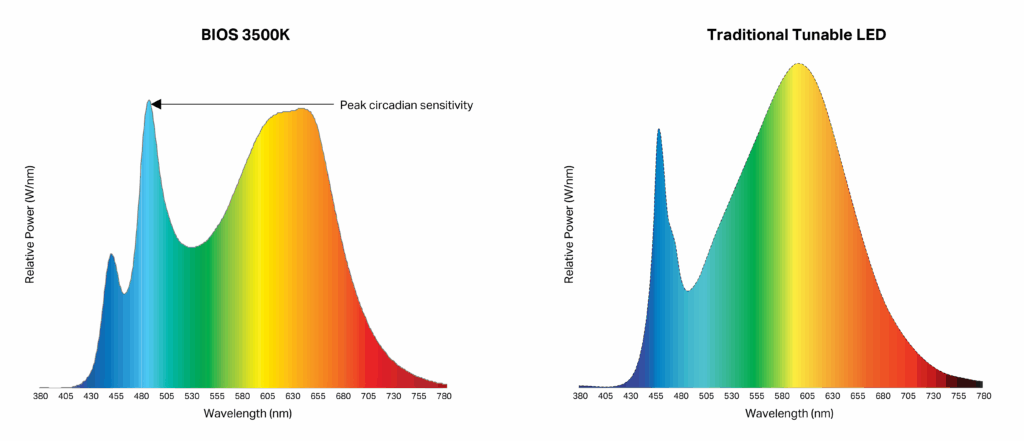
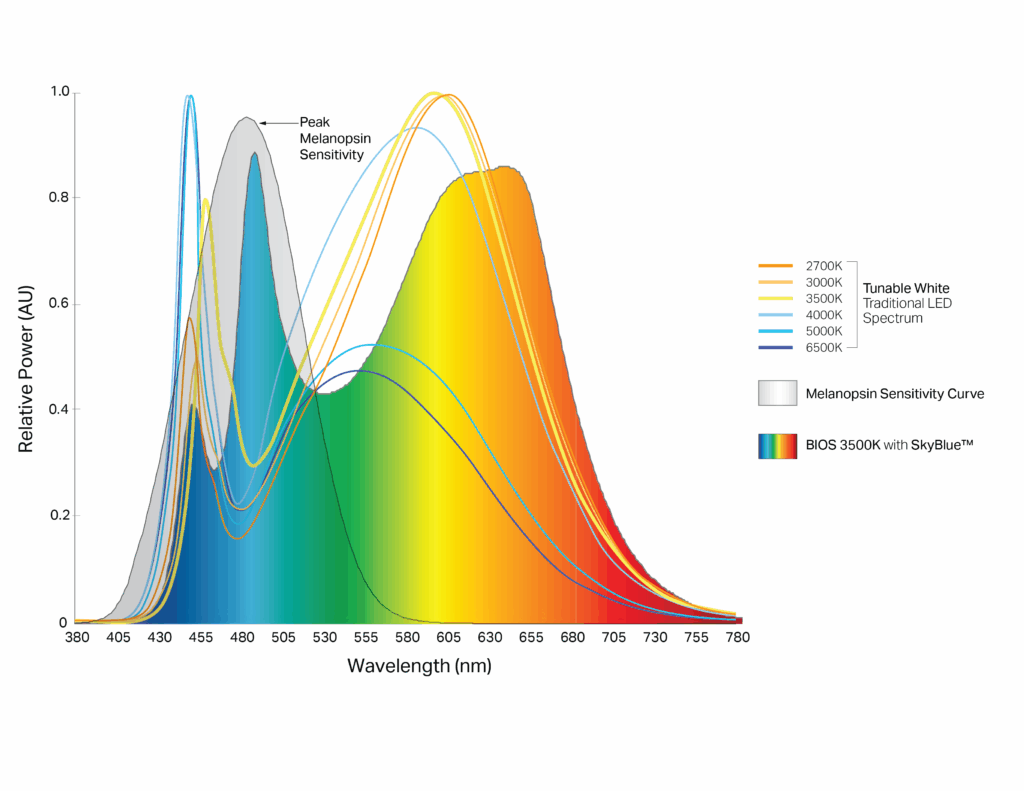
Compliance with WELL Building Standards and RP-46-23 Guidelines
In order for architectural designers to comply with feature 03 of WELL Building Standard, Version 2, they can go down three paths:
- More light overall: Increase glare, energy consumption, and cost.
- More white light at a cooler CCT: Breaks with color quality requirements and creates chilly, uninviting environments.
- BIOS SkyBlue™ and SkyView™ lighting: Industry-leading melanopic content in a desirable CCT that meets color quality requirements.
BIOS circadian lighting technology outperforms all traditional white LEDs on the market and offers the highest melanopic to photopic lux ratio (m/p ratio) for a given color temperature. BIOS lighting solutions also meet other features within the WELL Light Concept, including color quality, high CRI and R9 values, and visual comfort metrics.
BIOS offers three approaches to circadian lighting design:
- SkyBlue™ Luminaire Integrated Overhead Lighting
- SkyView™ Tile Overhead Lighting
- SkyView™ Table Lamps and Pendant
Let’s discuss each approach in turn.
Circadian Lighting Design Using SkyBlue™ Luminaire Integrated Lighting
BIOS SkyBlue™ LED technology was the first on the market to boost the blue sky wavelengths (peak at 490nm) to improve circadian effectiveness in existing luminaries. Although superseded by the advanced SkyView™ Tile, SkyBlue™ integrated circadian lighting gives your luminaire the industry’s highest melanopic ratio while utilizing standard architectural color temperatures and task plane illumination.
Visit our website to see our Alliance partners who integrate our SkyBlue™ LED technology in their high-performance luminaires for general, ambient, and task lighting in offices, as well as in commercial and institutional spaces—to bring true circadian lighting to any interior.
Here’s how BIOS partners have incorporated our SkyBlue™ LED technology into the spectrally optimized overhead LED luminaires in their offices for improved energy and enhanced concentration.
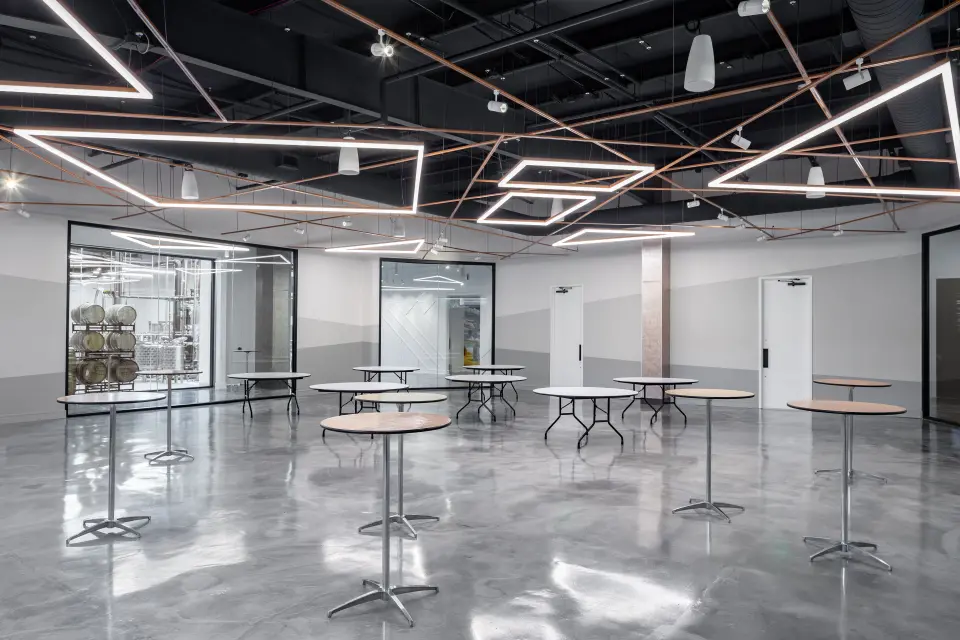
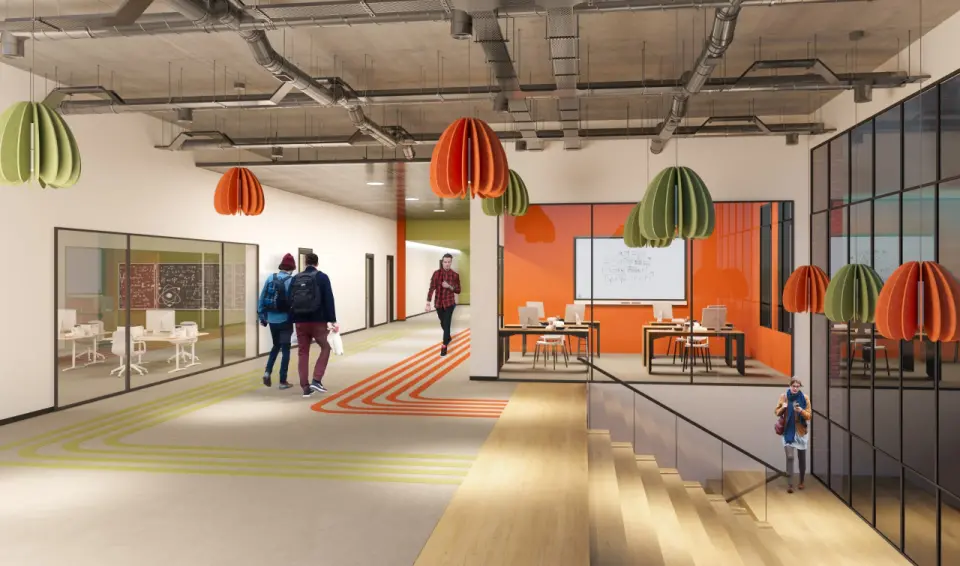
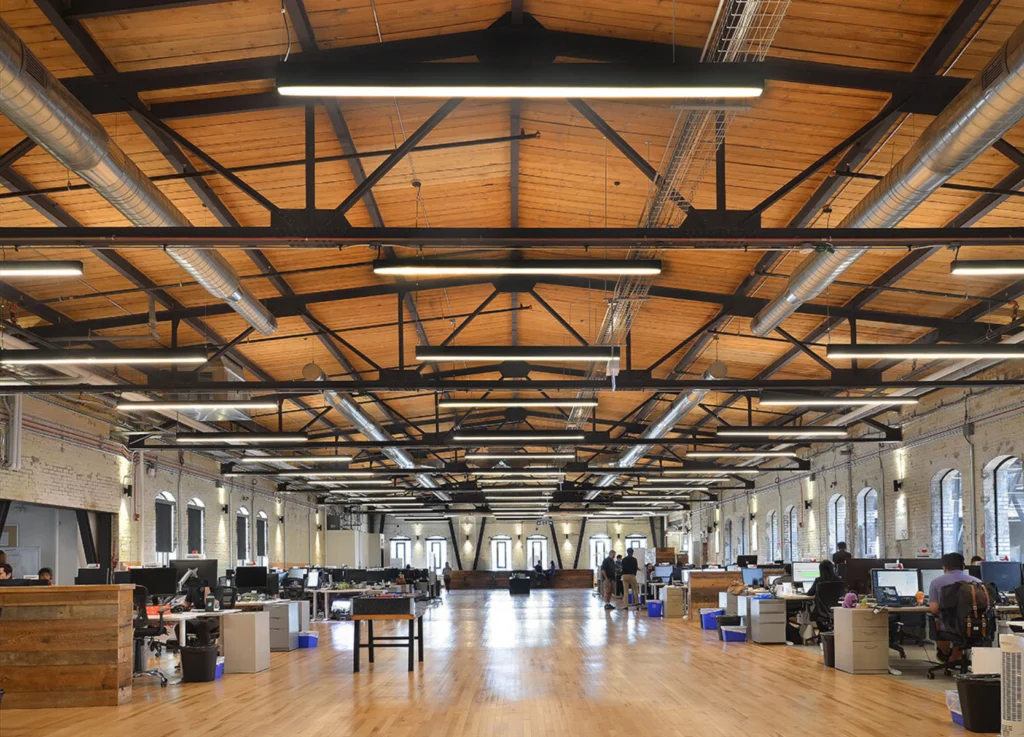
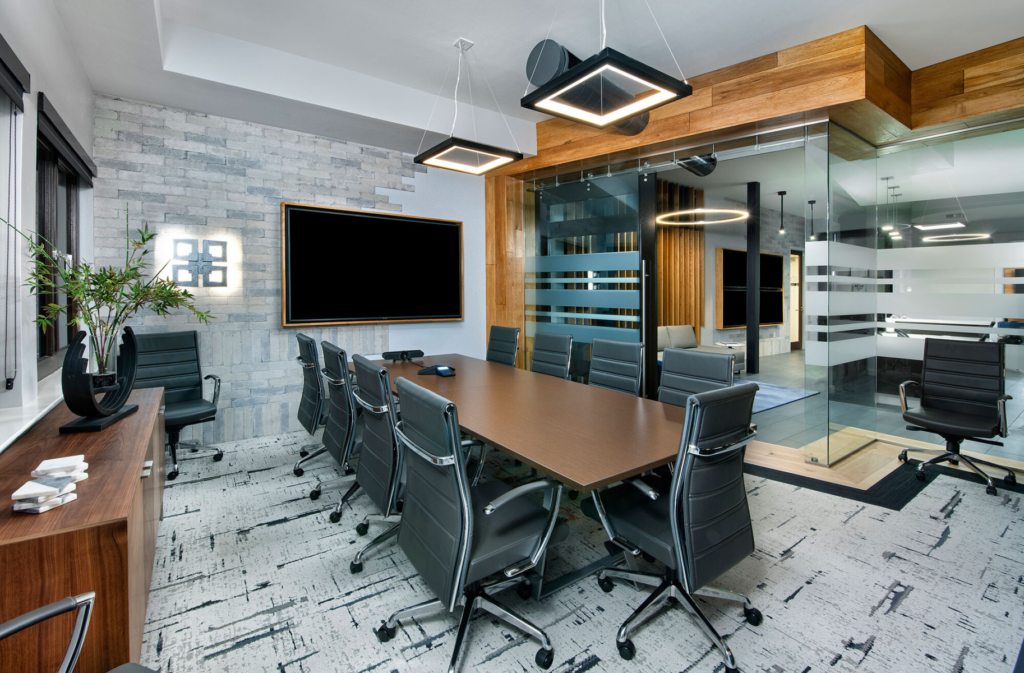
Circadian Lighting Design Using SkyView™ Tile Overhead Lighting
SkyView™ represents the next generation in circadian lighting. With SkyView™’s patented Gradient Circadian Optimization™ (GCO) technology that puts high melanopic light on the vertical plane and lower CCT light on the horizontal plane, we can now achieve the stringent criteria suggested in RP-46-23 from the Illuminating Engineering Society by recreating the natural, low glare environment of a blue-sky day.
Designed as a 1-to-1 replacement for 2’x2’ standard panel troffers, SkyView™ tile is a game changer for optimizing existing or planned spaces with true circadian, high-melanopic light.
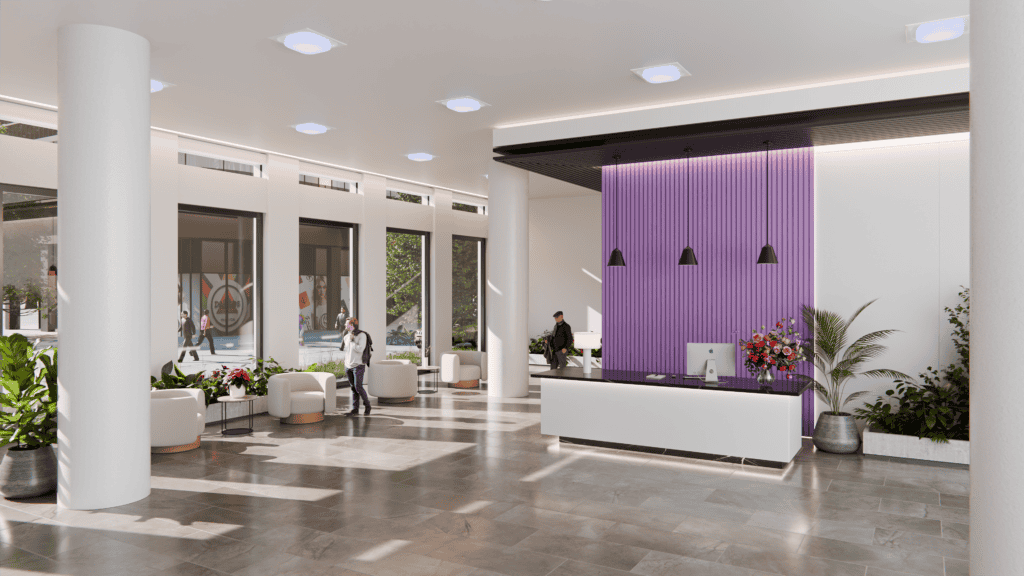
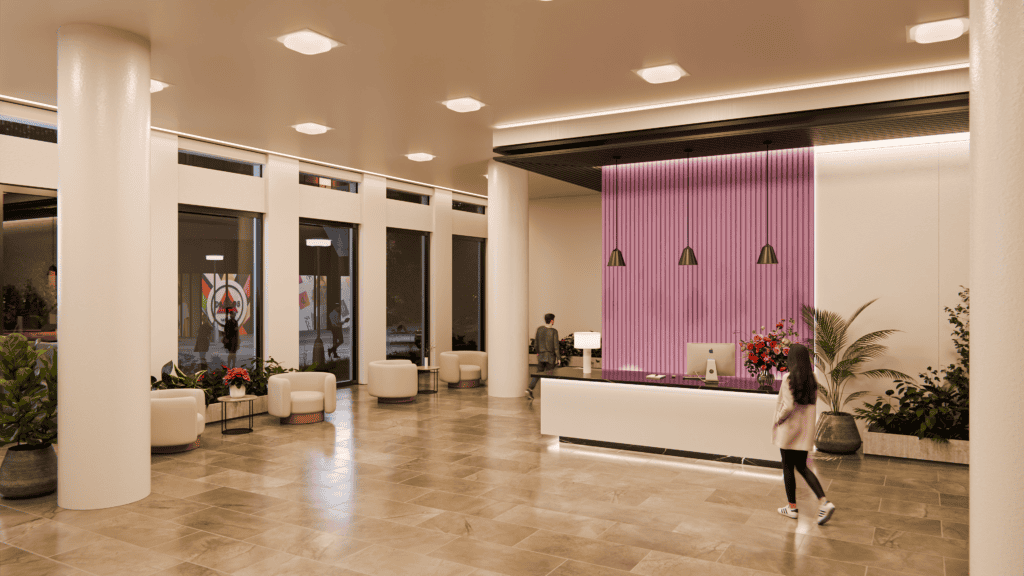
Circadian Lighting Design Using SkyView™ Table Lamps and Pendant
In some office layouts, it may be possible to achieve healthy melanopic light thresholds by adding task lighting for specific areas that provides enough vertical illuminance to the eye for maximum circadian entrainment during the critical work hours.
In that case, it is highly recommended to supplement the ambient lighting with spectrally optimized individual task lighting, such as table lamps or other personal glare-free desktop luminaires.
Table lamps and pendants utilizing SkyView’s GCO™ technology have been used for several years to augment existing lighting layouts. Both clinical and field use studies clearly demonstrate improved in-office mood, focus, and alertness using SkyView™ circadian wellness lamps.
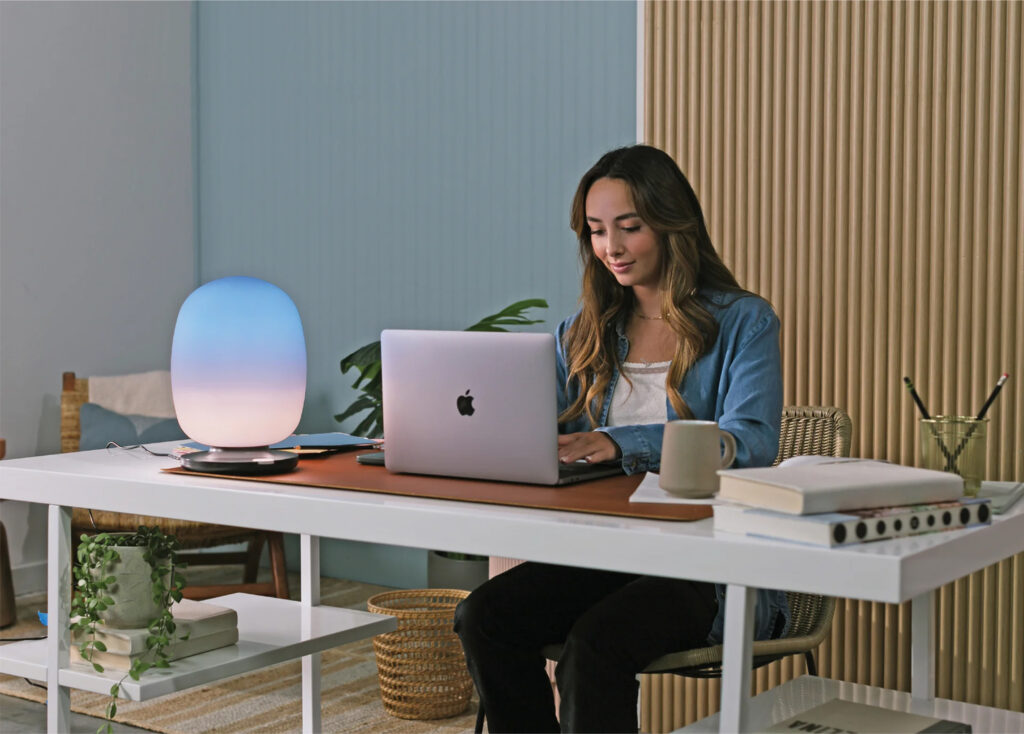
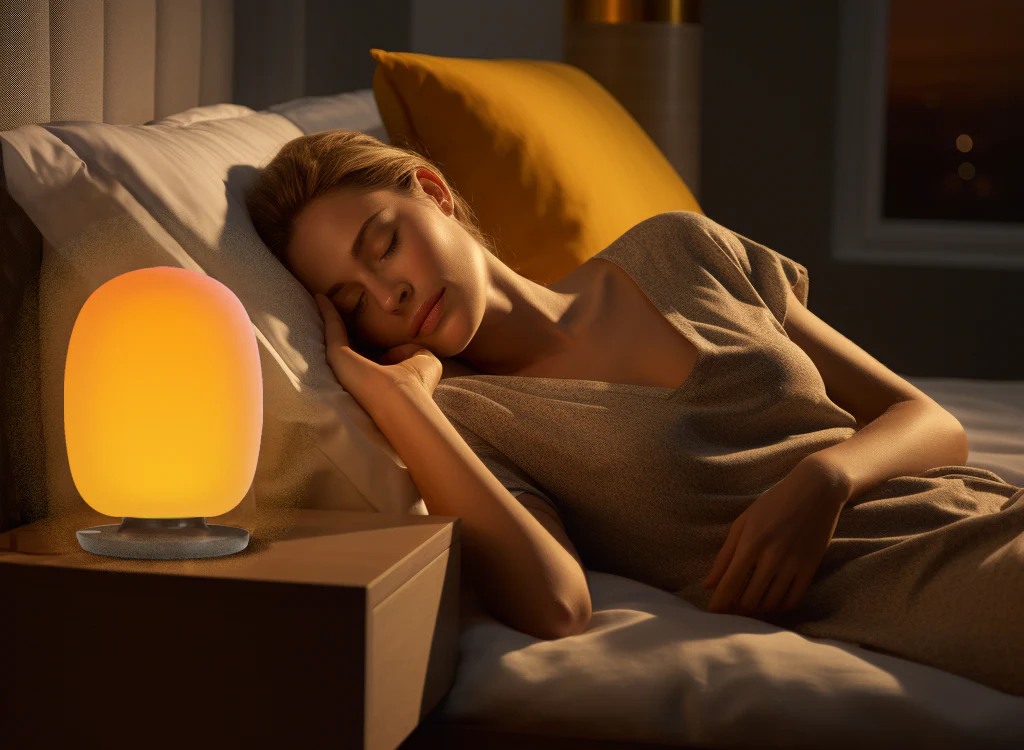
Challenges in providing healthy desk task lighting
Even though office lighting is set to provide adequate desk plane illumination, most offices or cubicles have access to sufficient circadian lighting, whether it’s natural sunlight from windows or skylights or from ambient electric lighting. Small changes, especially enhanced vertical illumination at eye level, can heighten focus and reduce eye strain. And yet, the two assumed additional sources of desk illumination, a computer monitor and/or a desktop or undercabinet light do not typically provide adequate melanopic light exposure, unless they are uncomfortably bright. SkyView™ table lamps and hanging pendants provide natural feeling, high melanopic (>250 melanopic EDI) healthy sky-blue light without excess brightness, glare, or cold, unnatural color.
Healthy Office Lighting for All
Perhaps the most valuable aspect of circadian lighting in lighting design is that makes the task of providing ‘adequate’ light to all aspects of a space easier, regardless of its architecture. Lighting is routinely mapped out in spaces to ensure sufficient illuminance on the task plane. Some modelling programs are now incorporating melanopic light levels as part of the design process and there is discussion on the contribution from monitors and external factors like windows, orientation, latitude, etc.
In general, both modelling and field research suggests that it is a Herculean task to achieve uniform wellness light levels in all parts of the building using just standard lighting, window access, and monitors without appreciably increasing illuminance with its correlative increase in glare and power consumption. Healthy lighting is typically relegated to those within a few meters of a window.
What true circadian lighting like BIOS SkyBlue™ and SkyView™ provide is an easier way to deliver high melanopic spectra for all spaces- in a sense, democratizing healthy lighting. With circadian lighting, healthy light is not just for corner offices anymore. In addition, swap-in energy efficient solutions like SkyView™ lamps or SkyView™ 2’x2’ troffer tile means no new complicated melanopic lighting calculations nor increased power demands are needed to achieve IES RP-46-23 recommendations.
Circadian lighting simply augments the beauty and functionality of architectural spaces by delivering the mood, focus, and alertness benefits of a blue sky day to everyone inside.
References
Brown TM, Brainard GC, Cajochen C, Czeisler CA, Hanifin JP, Lockley SW, Lucas RJ, Münch M, O’Hagan JB, Peirson SN, Price LL. Recommendations for daytime, evening, and nighttime indoor light exposure to best support physiology, sleep, and wakefulness in healthy adults. PLoS biology. 2022 Mar 17;20(3):e3001571.
IES Illuminating Engineering Society. (2023) Recommended Practice: Supporting the Physiological and Behavioral Effects of Lighting in Interior Daytime Environments. RP-46-23. New York: Illuminating Engineering Society. Available at: https://webstore.ansi.org/standards/iesna/ansiiesrp4623





